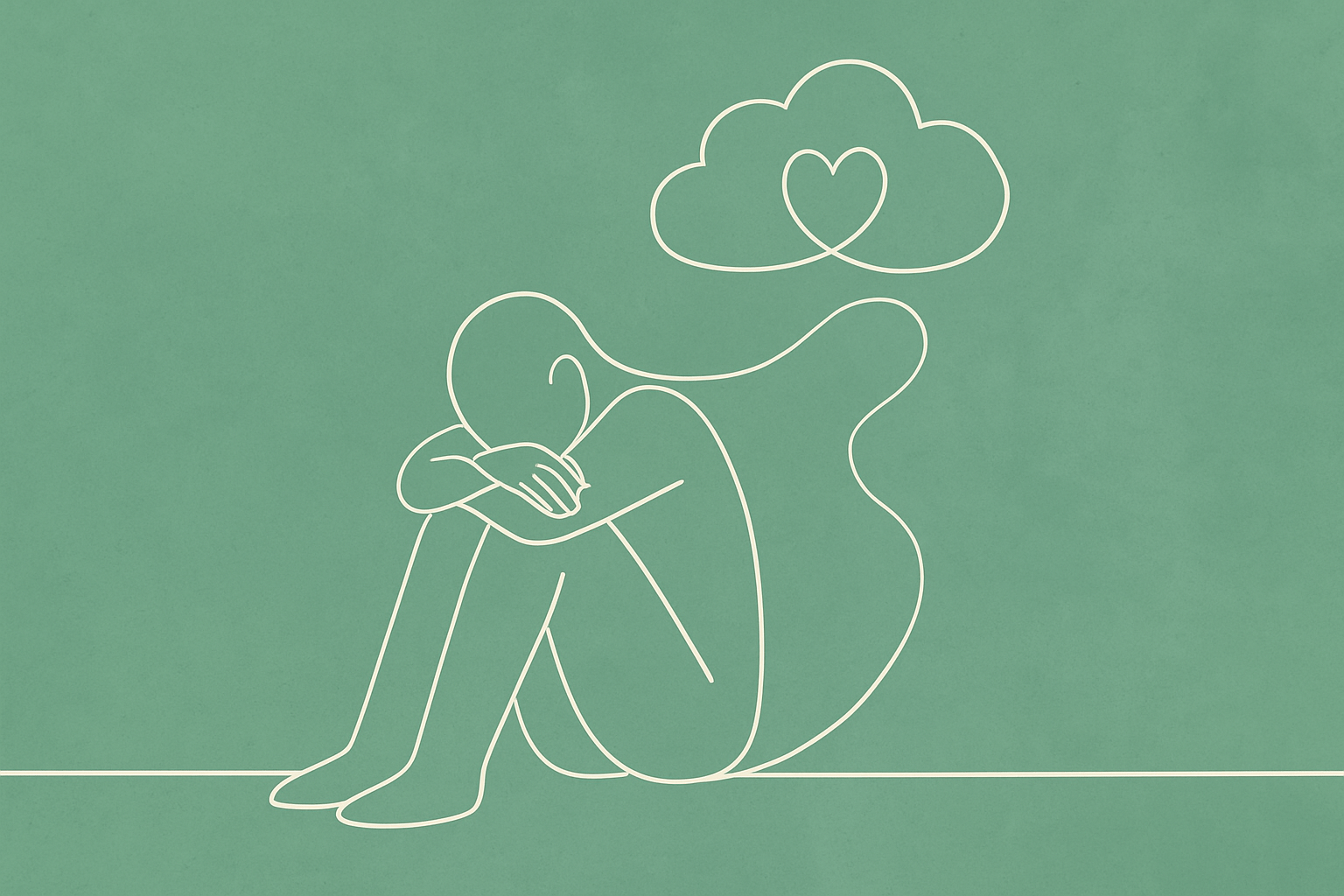It’s common to hear chronic symptoms linked to mold exposure, EMFs, pollution, or air pressure — and while these environmental factors may sound like culprits, the research tells a more complex story.
Many symptoms we associate with external causes are actually rooted in how the brain processes information — through a phenomenon called neuroplasticity. Understanding this opens up a powerful opportunity: rather than fearing our surroundings, we can shift our focus toward rewiring our brain’s response to perceived threats.
“The best way to predict the future is to create it.” – Abraham Lincoln
Environmental Triggers and the Pain-Fear Cycle
Common triggers like weather changes, lighting, smells, or electronics may feel consistently connected to flare-ups — but that doesn’t necessarily mean they’re the cause.
These experiences are often the result of conditioned responses, meaning the brain has learned to associate neutral stimuli with danger. Once this connection is established, even minor exposure can trigger real symptoms. But it’s not the trigger — it’s the brain’s overprotective pattern.
How Conditioned Responses Work
Let’s say you eat a bad berry and get sick. Your brain learns, “That berry = danger.”
Now imagine every berry makes you nauseous — even safe ones.
It’s not the berry; it’s the fear of the berry. And each time your body reacts with fear, you reinforce that loop.
That’s the pain-fear cycle in action.
Pain Reprocessing Therapy (PRT) helps people interrupt that cycle and unlearn faulty associations — whether they involve pain, symptoms, or environmental triggers.
Book Recommendation
The Expectation Effect by David Robson
This book reveals how our mindsets shape reality — including how we experience pain, illness, and even stress.
From placebo surgeries to stress perception, Robson explores how beliefs can literally change biology. A must-read for anyone navigating chronic conditions.
The Takeaway
Environmental sensitivity is real — but often, it’s not about the environment.
It’s about the brain’s powerful ability to learn, predict, and protect. With the right tools, those predictions can change, and healing can begin.
You are not fragile. Your brain is simply trying to keep you safe — and it can learn to feel safe again.
